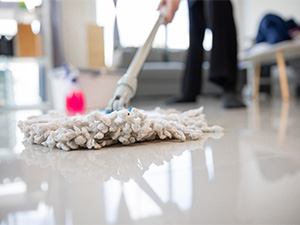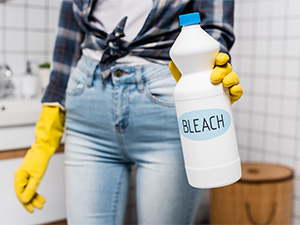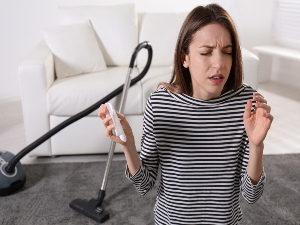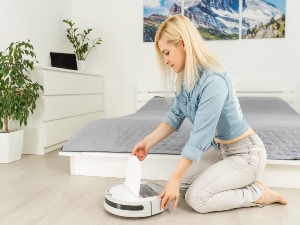Essential Do’s and Don’ts for Natural Stone Care: Preserving the Beauty of Your Investment
Natural stone surfaces, whether in the form of countertops, floors, or decorative accents, add timeless elegance and charm to any space. However, to maintain their beauty and durability, it’s crucial to follow a set of do’s and don’ts when it comes to natural stone care. In this article, we will explore the essential guidelines to ensure your natural stone surfaces remain stunning for years to come.
Do’s for Natural Stone Care:
- Regular Cleaning: Clean your natural stone surfaces regularly using a pH-balanced, neutral stone cleaner. Avoid harsh chemicals or acidic cleaners that can etch or damage the stone’s surface.
- Sealing: Keeping your stone adequately sealed will go a long way in protecting against stains. You can tell when your stone needs to be resealed by spilling a little bit of water on the surface, allow it to dwell a few minutes, then wipe away. If a dark spot remains after a few seconds, indicating the water was absorbed into the stone, it’s time to reseal.
- Use Coasters and Trivets: Place coasters under glasses to prevent stains and trivets under hot pans to prevent heat damage to your stone countertops. Most stone will not be damaged by hot items, but if there are resins used to strengthen some granites, hot pans can damage the resins.
- Spills and Stains: Wipe up spills as soon as they occur to prevent staining. If you do get a stain, refer to our Stain App or give us a call.
- Dust and Sweep: Dust mop, dust mop, dust mop. Regularly dust and sweep natural stone floors to prevent abrasive particles from scratching the surface.
- Use Soft Cleaning Tools: Opt for soft brushes, microfiber cloths, or mop heads for cleaning to avoid scratches or damage. Use a separate mop for your marble floors.
Don’ts for Natural Stone Care:
- Avoid Acidic Substances: Never use vinegar, lemon juice, or other acidic substances for cleaning as they can damage the stone’s surface.
- Say No to Abrasive Cleaners: Stay away from abrasive cleaners, scouring pads, or powders, as they can scratch and dull the stone.
- Don’t Drag Heavy Objects: Lift heavy objects rather than dragging them across natural stone floors to prevent scratches.
- Skip the Bleach and Ammonia: Do not use bleach, ammonia, or any harsh chemicals on your natural stone surfaces, as they can discolor and degrade the stone.
- Avoid Sitting or Standing on Edges: Avoid sitting or standing on the edges of natural stone countertops, as this can cause cracks or breakage.
- Neglecting Maintenance: Address issues promptly. Reach out to us for help as needed.
Conclusion: Proper care and maintenance are essential for preserving the beauty and longevity of your natural stone surfaces. By following these do’s and don’ts, you can ensure that your investment in natural stone remains a stunning and timeless addition to your home or space for many years to come.
By Sharon Koehler . This is one of a series of articles written and published on behalf of Surface Care PRO Partners.










